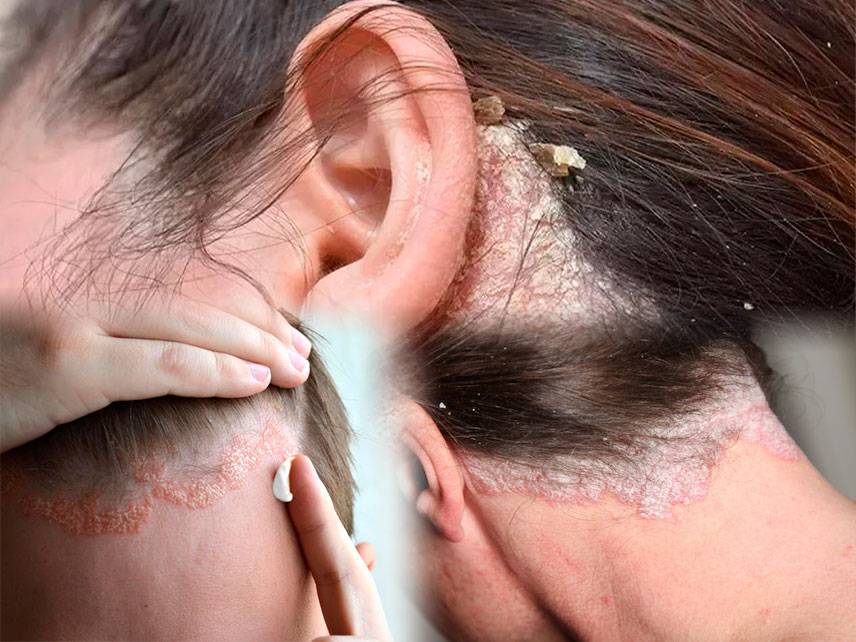Seborrheic dermatitis is a common, chronic inflammatory skin disorder that is characterized by redness, itching, and flaking of the skin. It is estimated that up to 3% of the United States population is affected by the condition. The condition usually appears on the scalp, but can also affect other parts of the body, such as the face, chest, and back.
Signs and symptoms
The most common symptoms of seborrheic dermatitis are redness, itching, and flaking of the skin. Other symptoms can include dandruff, oily patches, and greasy scales. The condition can cause the skin to become scaly, itchy, and inflamed.
Causes of seborrheic dermatitis
The exact cause of seborrheic dermatitis is unknown, but it is believed to be caused by a combination of factors, including genetics, hormones, stress, and even diet. Other possible causes may include an overgrowth of yeast on the skin, an underlying medical condition, or an allergic reaction.
Risk factors
Seborrheic dermatitis can affect people of all ages, but is more common in adults and infants. Factors that may increase the risk of developing the condition include having a weakened immune system, having oily skin, being exposed to harsh chemicals, and having a family history of the condition.
Prevention
There is no sure way to prevent seborrheic dermatitis, but there are some steps that can be taken to reduce the risk of developing the condition. These steps include avoiding harsh chemicals, using mild skin cleansers, avoiding overly hot showers, and avoiding tight clothing.
Diagnosis
Seborrheic dermatitis is usually diagnosed based on a physical examination of the skin. Your doctor may also take a sample of the affected area to test for other conditions or to rule out any underlying medical conditions.
Treatment
Treatment for seborrheic dermatitis depends on the severity of the condition. Mild cases may be treated with over-the-counter topical medications, such as creams and lotions. Severe cases may require prescription medications, such as corticosteroid creams, topical antifungal medications, or oral antifungal medications.
Coping and support
Living with seborrheic dermatitis can be challenging, but there are ways to cope with the condition. It is important to stay informed and educated about the condition, as well as to seek support from family and friends.
Complications
Complications of seborrheic dermatitis can include skin infections, hair loss, and scarring. It is important to treat the condition to reduce the risk of complications.
Living with seborrheic dermatitis
Living with seborrheic dermatitis can be difficult, but there are ways to manage the condition. It is important to follow your doctor’s instructions for treating the condition, to avoid triggers, and to practice good skin care. It is also important to remember that seborrheic dermatitis is a chronic condition and that flare-ups are common.
Seborrheic dermatitis is a common skin condition that can cause redness, itching, and flaking of the skin. The exact cause of the condition is unknown, but it is believed to be caused by a combination of factors. Treatment for the condition depends on the severity and may include topical medications or oral antifungal medications. It is important to seek support, to follow your doctor’s instructions, and to practice good skin care to help manage the condition.





